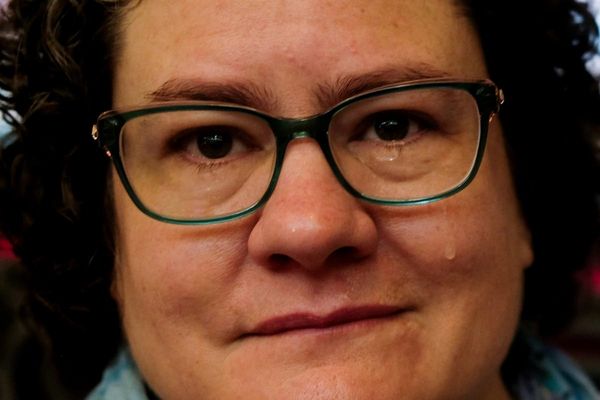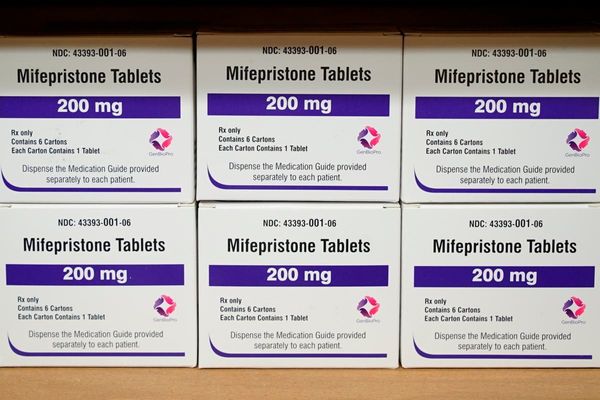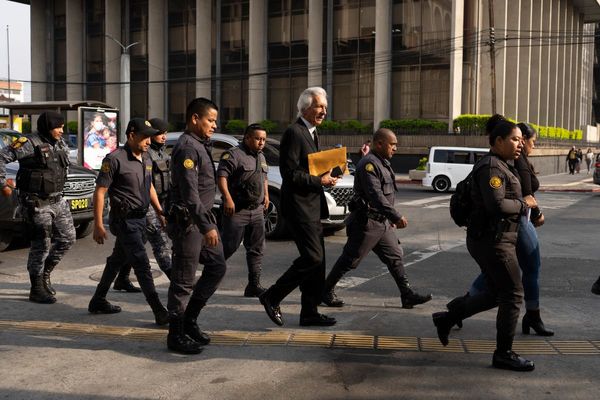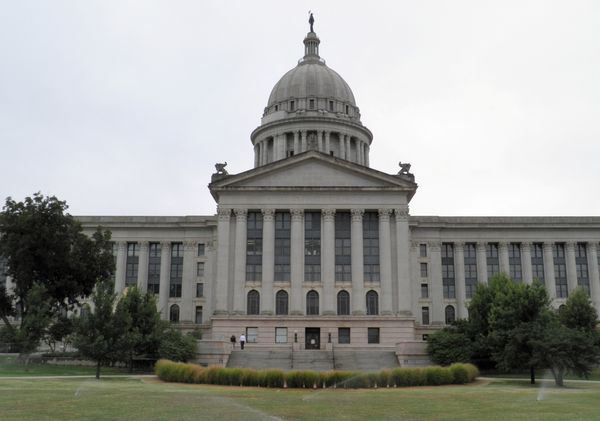
Nívea Díaz Torres was scared to become a mother in 2016. She was 28 and trying to do everything right during her pregnancy to ensure the healthiest delivery of her baby.
But, despite her desire for a vaginal birth, Díaz Torres felt pushed by her gynecologist to undergo a cesarean delivery.
Cesarean deliveries have increased dramatically in Puerto Rico, with more than half of babies (50.5%) being delivered via surgery in 2022, according to data released last week by the US Centers for Disease Control and Prevention. This rate well surpasses the rate for the US mainland, which stands at about 32%.
Healthcare providers use cesarean section – the delivery of a child through an incision in the abdomen – when they believe it’s a safer option for the mother, the baby or both, and it is lifesaving in some cases. But doctors in Puerto Rico are increasingly using the surgical procedure as their main recourse, health experts on the island say.
Díaz Torres’s gynecologist in Bayamón, an urban municipality outside the capital of San Juan, recommended she deliver her baby boy via induced labor, in which childbirth is stimulated by introducing hormones. The soon-to-be mother, then 39 weeks pregnant, trusted the doctor, and scheduled her hospital visit for the following week.
What was supposed to be one of her life’s milestones turned into a nightmare. Díaz Torres’s body wasn’t responding to the medication meant to speed up the birth. She was fatigued. She felt the medical personnel at the hospital were callous toward her pain and not answering her questions.
After the induced labor failed, the obstetrician proceeded with a C-section.
“It was an unnecessary cesarean,” Díaz Torres, now 35, said. “That was the last thing I wanted. They scared me, telling me something was wrong with my baby. The reality was I wasn’t responding to the induced labor because I wasn’t ready to give labor. My body was in fight-or-flight mode.”


Health experts say Díaz Torres’s experience is increasingly common. “What we’re seeing aren’t emergency cesarean deliveries. They’re not performed to save the mother or child’s life, following guidelines,” said Ana Parrilla Rodríguez, a physician and maternal and child health professor at the graduate school of public health at the University of Puerto Rico. “A lot of the time, cesareans are performed for the doctor’s convenience.”
Parrilla Rodríguez said it was common for doctors to schedule cesarean surgeries at times that are convenient for medical staff, like during the day and before holidays.
The CDC report shows that Bayamón saw a 12% increase in cesareans between 2018 and 2022, from 57.1% of all births to 63.9%.
The problem goes far beyond a rising cesarean delivery rate. Puerto Rico is grappling with a severe health crisis marked by a significant doctor exodus, compounded by stringent cuts and austerity measures amid massive public debt.
More than 40% of Puerto Rico’s 3.2 million inhabitants live below the poverty rate, compared with a 19% rate for Mississippi, which has consistently been one of the US’s poorest states. The island’s economic conditions affect its healthcare system at every level.
Obstetricians are the only licensed professionals who can legally deliver a baby in Puerto Rico, leaving out delivery nurses and certified nurse-midwives as alternatives. And obstetricians on the island are hard to come by as many flee to the US for better pay and living conditions.
Despite being a US territory and paying social security and Medicare taxes, Puerto Rico receives notably less federal healthcare funding than all 50 states. The fixed allotment – in contrast with the states, which receive open-ended funding – comes with a spending cap that can fall well short of expenditures.
Puerto Rico’s department of health did not respond to multiple requests for comment.
As a result, doctors may turn to cesareans as a way to address staff shortages. “One big factor is the economic landscape,” Parrilla Rodríguez said. “The reimbursement rate for vaginal births and cesareans is not enough for doctors to justify staying in their office 24 hours while a woman is in labor.”
Total healthcare funding in Puerto Rico averages approximately $4,290 per capita each year, compared with $12,218 per capita at the national level, affecting healthcare at every stage of life in the largest overseas territory under the sovereign control of the United States.
Parrilla Rodríguez said cesarean deliveries frequently discourage mothers from having a second child, which could be playing a role in the falling birth rate in Puerto Rico. The island registered 17,772 childbirths in 2023, its lowest number since records began to be kept in 1888, before the US invaded Puerto Rico, according to preliminary data from the demographic registry.
Puerto Rico’s capped funding system for healthcare reveals its flaws most acutely during economic downturns or natural disasters such as Hurricane María in 2017, which struck just months after the island’s bankruptcy declaration.
The category 4 hurricane was the strongest storm to hit Puerto Rico in almost a century; a Harvard study estimated the death toll at 4,645.


The chaotic post-María medical situation, coupled with power disruptions, prompted numerous doctors to depart the island for opportunities elsewhere. Lawmakers approximated that, three months following the disaster, around 10 doctors were leaving the island daily.
Even before the hurricane, health experts were sounding alarm bells. Parrilla Rodríguez, for example, published a study in 2008 highlighting the concerning rate of cesarean deliveries in Puerto Rico, which was about 48% at that time.
The impact is most brutally felt by Puerto Ricans beyond the metropolitan area. Vieques, an islet 10 miles from the main island, still lacks a functioning hospital after Hurricane María destroyed its sole medical center. The municipality is home to about 8,000 people, with more than half living in poverty.
Soon-to-be mothers must cross to the main island via a ferry for medical care. But the nearest delivery room, based in Fajardo on the eastern coast, shuttered in 2022. That facility was housed within the beleaguered Hima San Pablo hospital, which declared bankruptcy in August. In San Juan, an hour or so away, the San Jorge children’s hospital declared bankruptcy in 2022.
Lorimar Ortiz Ortiz, a family physician in the southern municipality of Ponce, said the effects of a high rate of cesarean deliveries percolates into her practice when mothers come to her with postpartum depression and breastfeeding problems.
“We’re talking about women who didn’t get the birth and lactation they wanted. That’s two strikes,” Ortiz Ortiz said. “The reality fell short of expectation, representing risks for anxiety and depression.”







